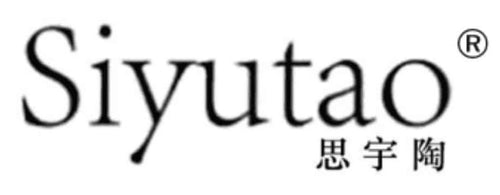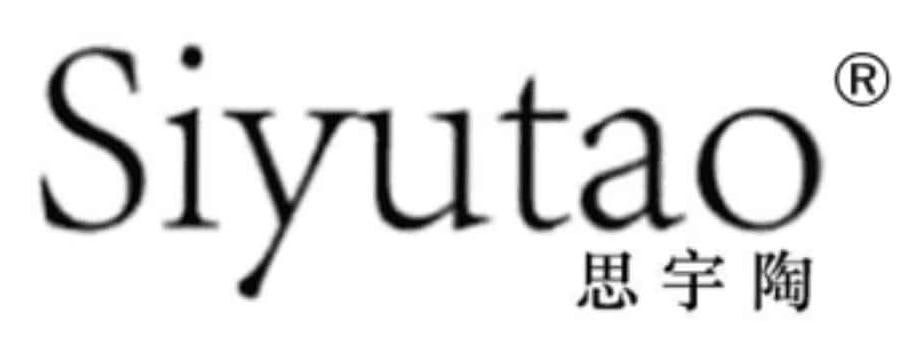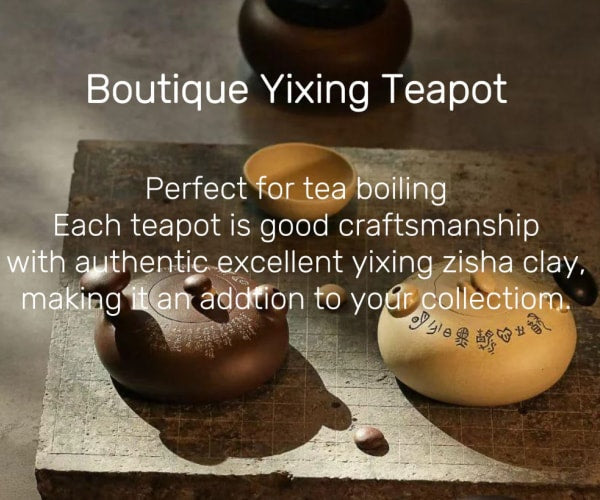De zhong Teapot
The Dezhong teapot, created by the legendary Qing Dynasty purple clay master Shao Daheng, is one of the finest examples of minimalist zisha teapots. Its simple and unadorned design broke away from the ornate trends of Qing court aesthetics. Among the people, there is a famous tale of Shao Daheng using a Dezhong teapot to save a maid’s life.

Shao Daheng Rescues a Maid with the Dezhong Teapot
During the Qing Dynasty, a magistrate in Suzhou was an avid collector of purple clay teapots, treasuring his Shao Daheng pieces above all others. One day, however, a maid accidentally broke one of his prized teapots. Enraged, the magistrate demanded her life as compensation.
Upon hearing this, Shao Daheng hurriedly selected over a dozen of his own teapots and brought them to the magistrate’s residence. He said, “Choose any one of these, and I will offer it in place of the maid’s life.” Delighted, the magistrate immediately took a liking to the Dezhong teapot and spared the maid.
Later, the magistrate asked Shao Daheng if he could purchase the remaining teapots. Without a word, Shao Daheng took the carrying pole he had used to transport the teapots and swept it across them, smashing every one to pieces.
The magistrate, heartbroken, asked why Shao Daheng would rather destroy the teapots than sell them to him. Shao Daheng replied, “If so many teapots were to break in your hands, who knows how many more lives would be lost?”
The Virtue of the Dezhong Teapot
Master Gu Jingzhou, in his book Yixing Zisha Treasures, wrote: “The Dezhong teapot embodies purity, frugality, and Confucian elegance, resonating with those destined to appreciate it. To encounter such a treasure is to feel a sense of righteousness and reverence.”
This style of teapot is known by several names: Dezhong (Virtue Bell), Zhongde (Bell of Virtue), Dezhong (Virtue Within), or Zhongde (Centered Virtue). The bell (zhong) was an ancient musical instrument, symbolizing ritual and harmony. The Dezhong teapot, modeled after the bell, features a dignified and balanced form with precise proportions and a rigorous structure.
Its straight spout and ear-shaped handle evoke the upright demeanor of a noble scholar who dares to speak the truth. The teapot’s shoulder curves naturally, seamlessly blending with the handle and spout, creating an open and majestic elegance. The rim of the lid resembles gently pressed lips—serene, composed, and dignified. The thin decorative line on the lid is a stroke of genius, its thickness, width, and placement all perfectly executed.
In Chinese culture, the bell represents ritual music (liyue), which in turn embodies moral virtue (lede). The Dezhong teaport thus symbolizes living with integrity, balancing principle and flexibility.
Confucianism, the cornerstone of Chinese tradition, emphasizes self-cultivation, moral virtue, and contributing to the greater good. The Dezhong teapot is not merely a vessel—it is a testament to Shao Daheng’s artistic mastery and moral character. Its significance transcends its physical form, earning it enduring reverence.




